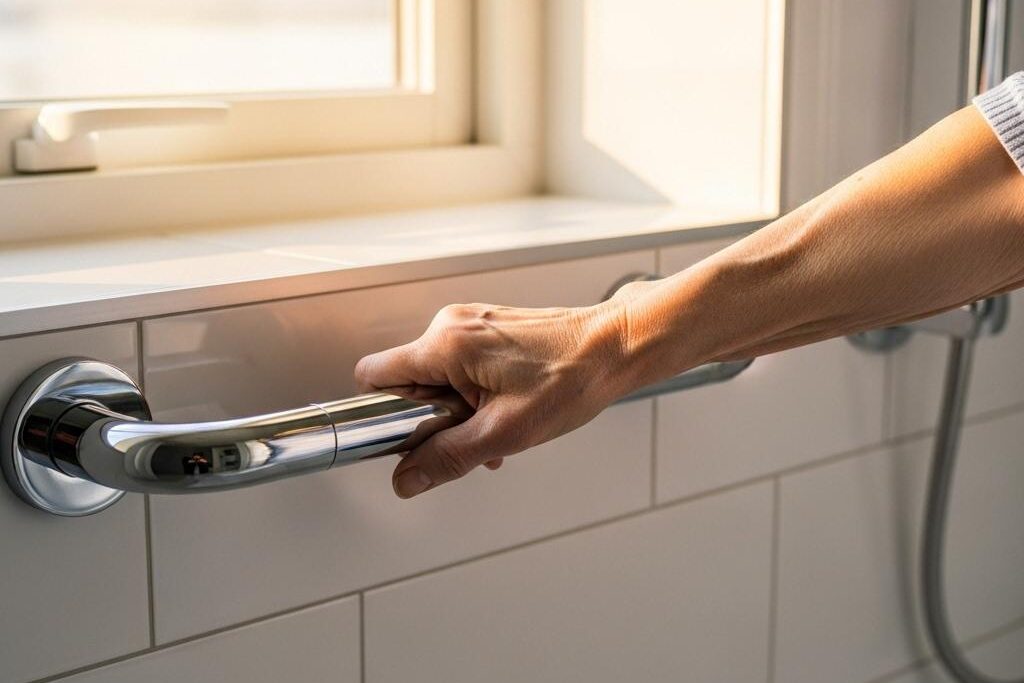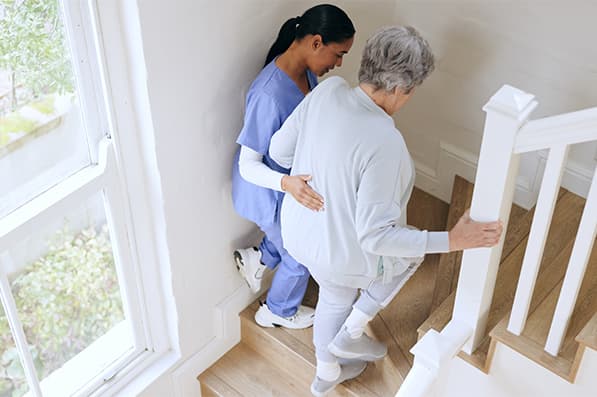In today’s rapidly changing world, ensuring the safety of our elderly loved ones is paramount. One critical component of this is having a solid plan for emergency contacts for elderly safety. This article explores the significance of having a structured emergency contact system to protect the elderly.
As we age, our needs change, and so does our vulnerability to various risks. Whether living alone or with family, the elderly require a reliable network of contacts who can be reached in emergencies. The first two paragraphs underscore the necessity of having an organized list of emergency contacts to ensure timely assistance and peace of mind for both the elderly and their caregivers.

Why Are Emergency Contacts Crucial?
The importance of emergency contacts for elderly safety cannot be overstated. Elderly individuals may face various situations requiring immediate attention, such as medical emergencies, accidents, or unexpected incidents at home. In such cases, having a list of contacts readily available can significantly reduce response time and potentially save lives.
Who Should Be on the Emergency Contact List?
Creating an effective emergency contact list involves careful consideration of who should be included. Here are some essential people to consider:
Family Members
Close family members should be at the top of the list. They are often the first line of support and can provide immediate assistance or guidance.
Healthcare Providers
Include primary care physicians and specialists who are familiar with the individual’s medical history. Quick contact with healthcare providers can make a significant difference in emergencies.
Neighbors
Neighbors can be invaluable in emergencies, especially when immediate family members are not nearby. Establishing a rapport with trustworthy neighbors can provide an additional layer of security.
How to Organize Emergency Contacts
Having a well-organized system for emergency contacts is essential. Here are some tips to help you set it up:
Digital Solutions
Utilize digital tools and apps to store and manage emergency contacts. Many smartphones have built-in features that allow easy access to these contacts during emergencies.
Physical Copies
While digital solutions are convenient, it’s essential to have physical copies of the emergency contact list in visible locations at home, such as on the refrigerator or near the phone.
Regular Updates
Ensure the list is regularly updated to reflect any changes in contact information or healthcare providers. This ensures that the information remains accurate and reliable.
Understanding the Role of Technology in Elderly Safety
Technology can play a crucial role in enhancing elderly safety. Devices like personal emergency response systems (PERS) and voice-activated assistants can provide immediate access to emergency contacts and call for help when needed.
Creating a Safe Environment for the Elderly
Apart from having a reliable emergency contact system, it’s essential to create a safe living environment for the elderly. Simple modifications, such as installing grab bars, improving lighting, and reducing tripping hazards, can significantly enhance safety. For more tips on enhancing elderly home safety, visit this Family Safety Tips page.
The Importance of Communication
Open communication with the elderly is vital. Discuss their emergency plan and ensure they are comfortable with the contacts listed. Regularly review and rehearse emergency procedures to ensure everyone is prepared.
Legal and Medical Considerations
Ensure that all legal and medical documents, such as advance directives and medical power of attorney, are up-to-date and accessible. These documents are crucial in emergencies and can guide decision-making processes.
Advance Directives
Advance directives outline the individual’s wishes regarding medical treatment. Ensure these documents are easily accessible and shared with healthcare providers.
Medical Power of Attorney
Designate a trusted individual to make medical decisions on behalf of the elderly person if they are unable to do so themselves.
Community Resources and Support
Explore local community resources and support services available for the elderly. These resources can provide additional assistance and information on elderly safety measures. To learn more about community support, check out this Meal Safety guide.
Conclusion
In conclusion, having a well-structured system for emergency contacts for elderly safety is essential for ensuring their well-being. By including family, healthcare providers, and trustworthy neighbors, and utilizing technology effectively, we can create a safer environment for our elderly loved ones. Regular updates, open communication, and access to community resources further enhance their safety.

FAQ Section
What should be included in an emergency contact list?
An emergency contact list should include close family members, healthcare providers, and trustworthy neighbors. It’s essential to regularly update and review the list.
How can technology help in elderly safety?
Technology, such as personal emergency response systems and voice-activated assistants, can provide immediate access to emergency contacts and call for help when needed.
Why is communication important in elderly safety?
Open communication ensures that the elderly understand their emergency plan and are comfortable with the contacts listed. Regular reviews and rehearsals of emergency procedures are also crucial.
For more information on creating safe living environments for seniors, visit the Amica’s Guide to safe living spaces.
This article contains affiliate links. We may earn a commission at no extra cost to you.





